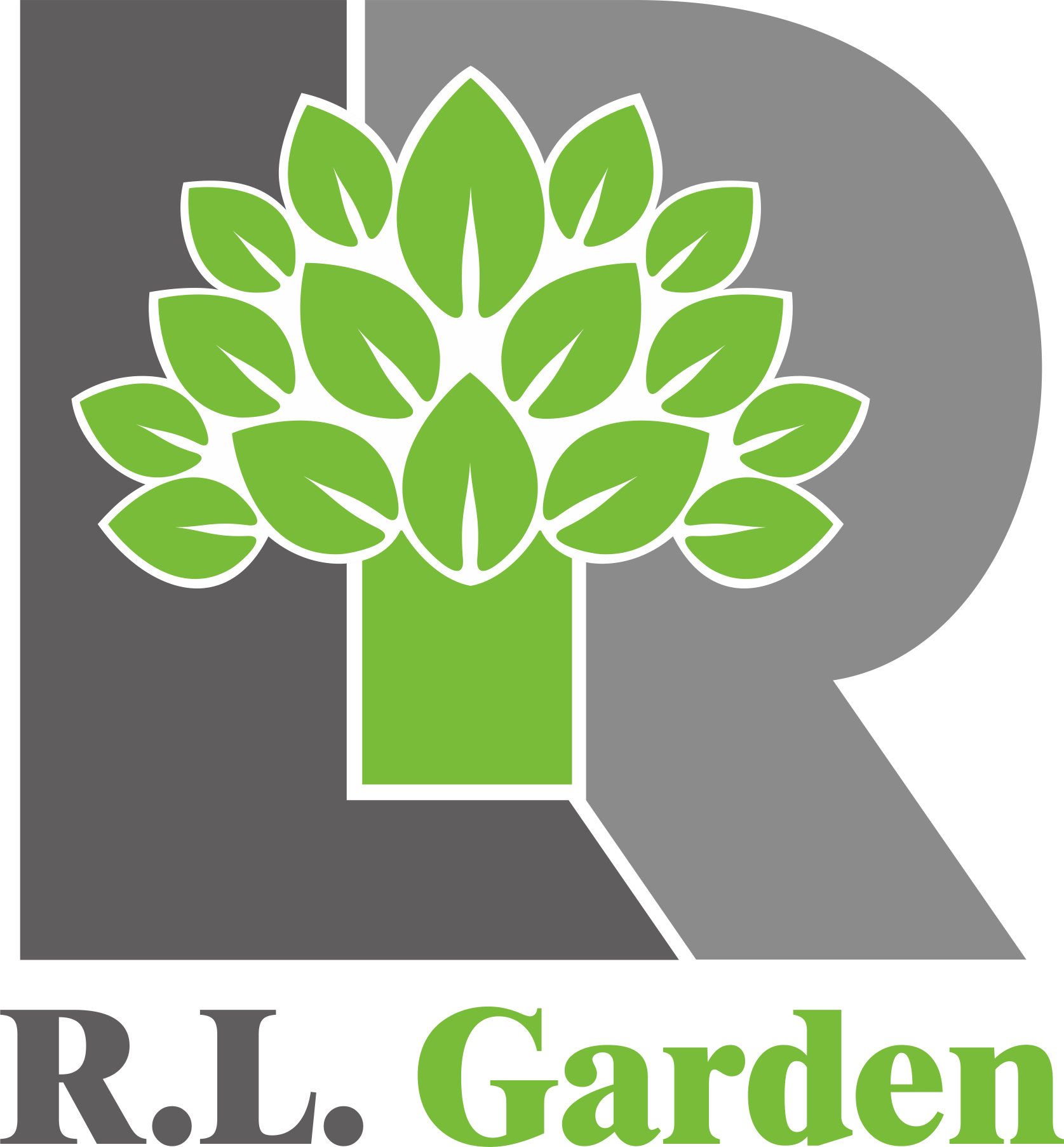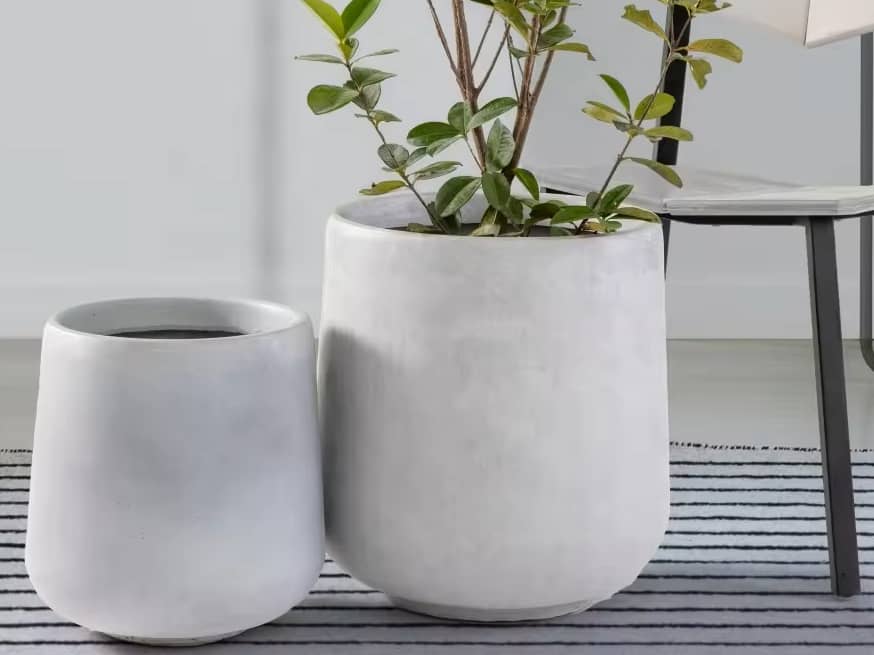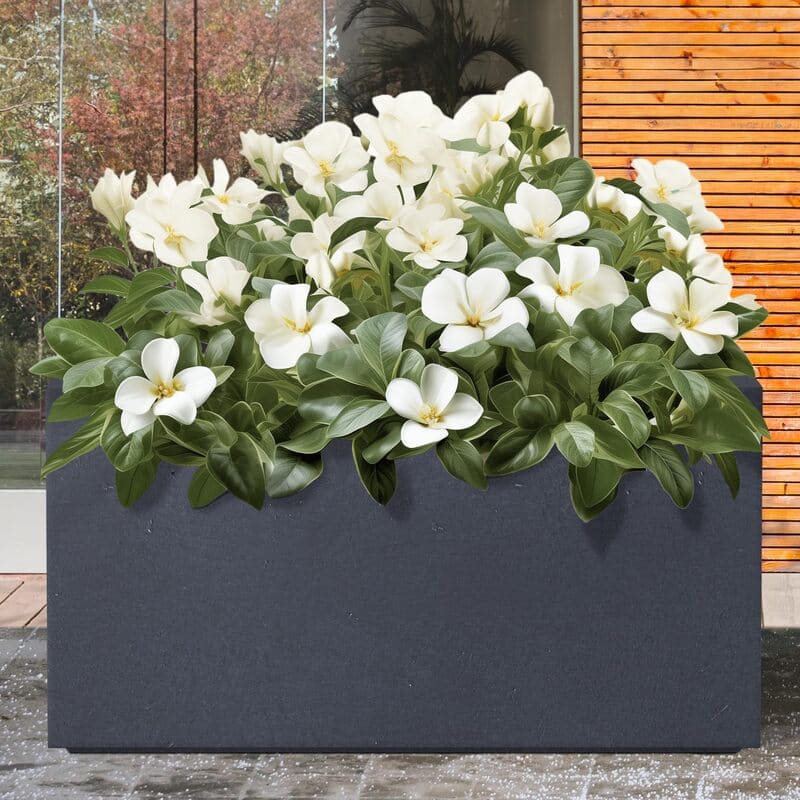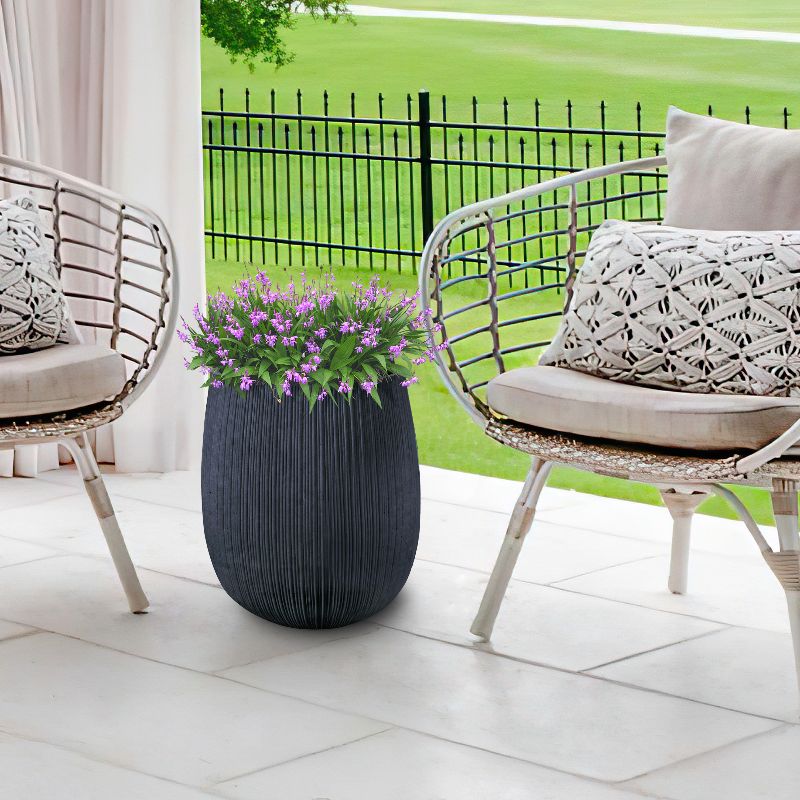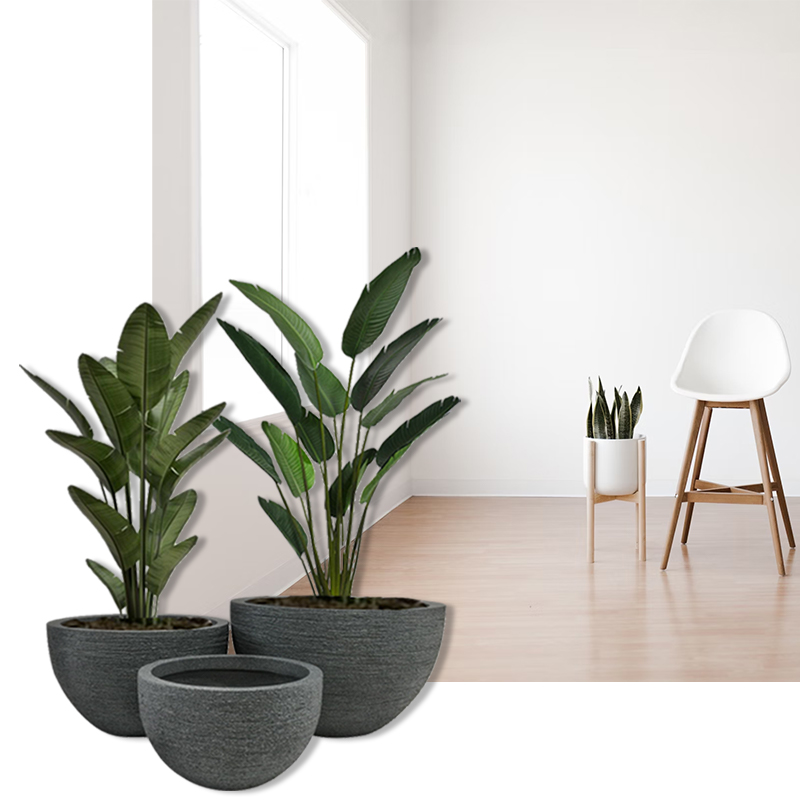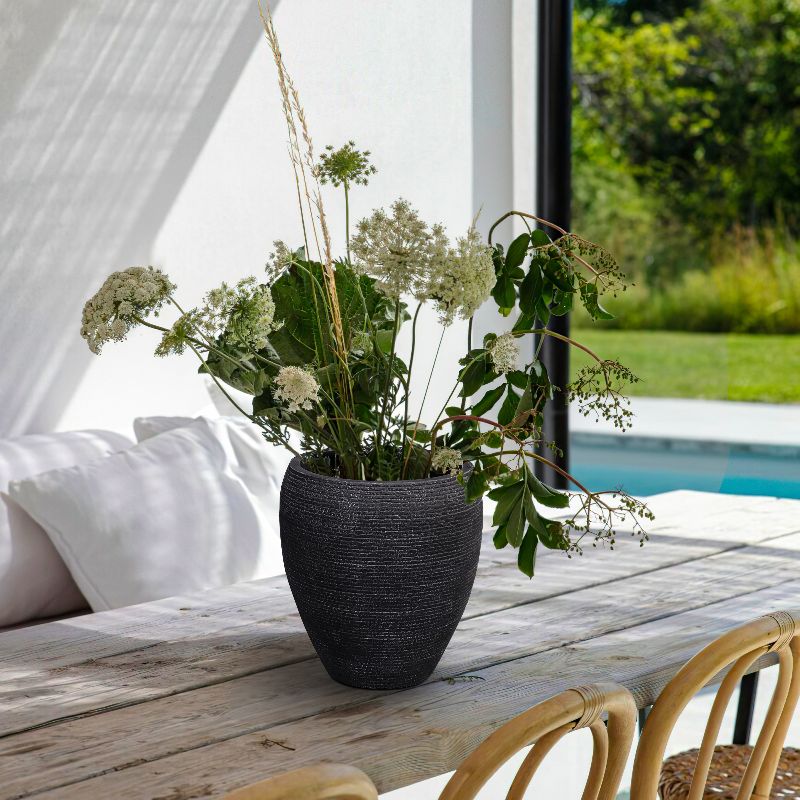The paragraph presents the contents of a guide on concrete planters' advantages.
Material Characteristics:
Detail the physical and chemical properties of concrete, such as strength, durability, and resistance to weathering, and explain how these characteristics make concrete an ideal material for making planters. Further discussions could be made on the influence of different formulations and additives on the performance of concrete, for example, the use of polymer modifiers to improve its toughness or waterproofing properties.
Design Diversity:
Showcase the rich choices in shape, size, and style of concrete planters, and how to match them according to different gardening needs and decorative styles. Discussions could also be held on custom design services to meet the unique styling and functional requirements of individual consumers or commercial projects.
Cost-Effectiveness:
Analyze the advantages of concrete planters over other material planters in terms of price, service life, and maintenance costs. At the same time, specific data support could be provided, such as economic benefit evaluations in long-term use compared with ceramic or plastic planters, including replacement frequency and related expenses.
Environmental Adaptability:
Elaborate on the performance of concrete planters under different climatic conditions, such as high temperature resistance, cold resistance, and moisture resistance. In addition, the stability it shows under extreme weather conditions (such as heavy rain and heavy snow) could be mentioned, and actual cases could be given to illustrate its reliability.
Manufacturing Process:
Introduce the manufacturing process of concrete planters, including the use of molds, pouring techniques, and surface treatment methods. In-depth discussions could be made on the differences between handmade and industrial production, as well as the aesthetic effects and practical values they bring. At the same time, the development trend of environmentally friendly production technologies could also be involved.
Maintenance and Care:
Provide practical suggestions for cleaning, protection, and repair of concrete planters to extend their service life and maintain a good appearance. For example, recommend the types of tools and cleaners suitable for cleaning the surface, and explain the steps and preventive measures for handling common damages (such as cracks).
Weight and Stability:
Explain how the heavy weight of concrete planters brings stability, especially in outdoor environments where they are not easily toppled. At the same time, discussions could be made on the significance of this weight for plant growth, such as the depth of root penetration and avoiding plant damage caused by strong winds.
Case Showcases:
Show the excellent effects and applications of concrete planters through actual gardening scenes and decoration cases. This part could include various scenes such as urban public spaces, apartment balconies, and community green spaces, allowing readers to intuitively feel the visual impact and overall coordination after the application of the product.
Comparison with Other Materials:
Compare concrete planters with common flower containers such as ceramics, plastics, and wood, highlighting its unique advantages. On this basis, an analysis could also be made of which plants are suitable for each material for cultivation, thereby helping consumers make wiser choices. In addition, market trend changes could also be discussed, such as the growing attention to environmentally friendly materials in recent years, which has led to the gradual substitution or re-examination of some traditional materials.
Innovative Application Areas:
Explore emerging uses that may arise in the future, such as integrating with intelligent irrigation systems or LED lighting technology, expanding traditional functions to the integration of modern technology to provide users with more convenient experiences. At the same time, artistic creation could be considered to be incorporated, such as through graffiti art or engraving to enhance the aesthetic appeal and achieve new attempts in cultural expression.
